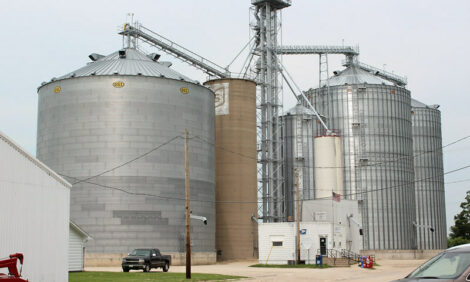



Cattle-Fax Economist Gives Cattle Market Outlook
US - Livestock economists are expecting heavier cattle entering feedlots and longer grass-fed beef entering the market this year as a result of higher corn prices, according to Troy Applehans of Cattle-Fax in Denver, Colo.“The costs of gain in the feedyards have gone up from around 50 cents a year ago to as high as 80 cents or more in certain instances this year, which certainly has an impact on the price of calves ... I believe the market has the potential to get $1 or slightly more in fed cattle prices, but it will have to be in the next 60 days.”
Shortly after the April 6 meeting, fed cattle prices did, as Applehans suggested, reach $1 per pound.
The fed cattle prices very likely could dip into the mid-80s around Memorial Day on in late August when the market typically experiencing its lows for the year. In most years, the market moves 14 percent from its high price to low, he added, noting “the fed cattle price has been resilient during the first quarter and have slightly exceeded our expectations.”
Ethanol markets can afford to pay $4 per bushel of corn as long as the crude oil price stays at $60 per barrel or more with the federal tax credit received per gallon of ethanol sold. However, without the credit, the ethanol companies can afford only to pay $2.50 per bushel of corn at the $60 per barrel crude oil price, according to Cattle-Fax. This means the oil companies can somewhat control the ethanol companies' profits.
“The oil industry as a whole will likely force the ethanol industry into a break even business where the most efficient producers prosper, while others have the potential to fail,” said Applehans.
Though the cattle price has recovered from the ethanol boom quicker than he anticipated, ethanol has had an effect on the corn market, which in turn affects the cattle market.
Source: The Prairie Star


